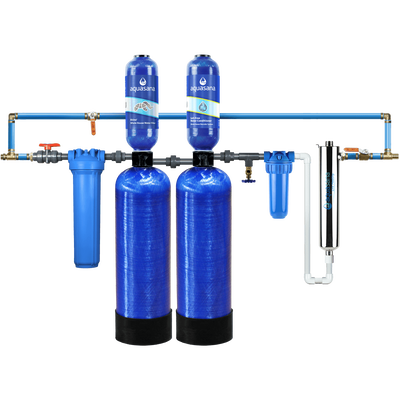Conclusion
As wildfires grow more common and intense, their effects on water quality can’t be ignored. Protecting water resources requires planning, better land management, and investment in resilient infrastructure. By understanding these challenges and preparing for them, communities can ensure safe, clean water for the future.



